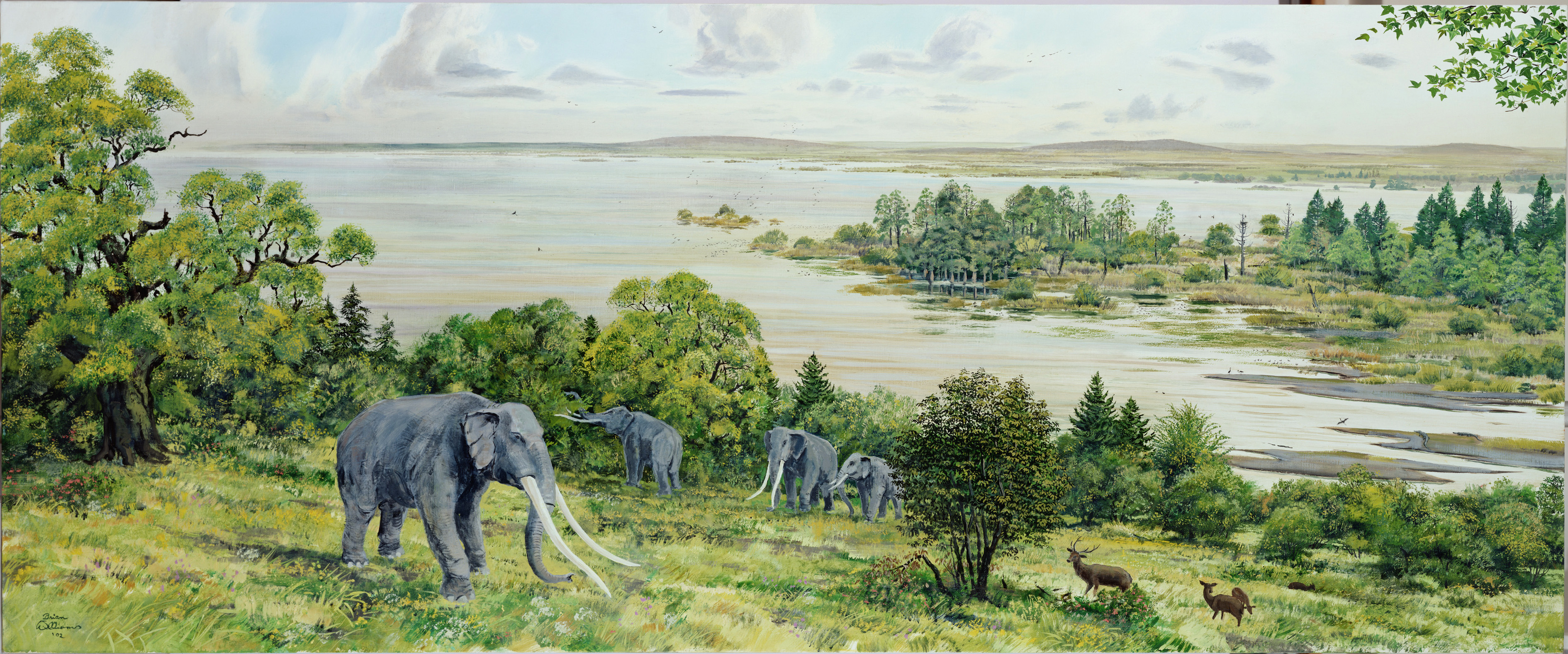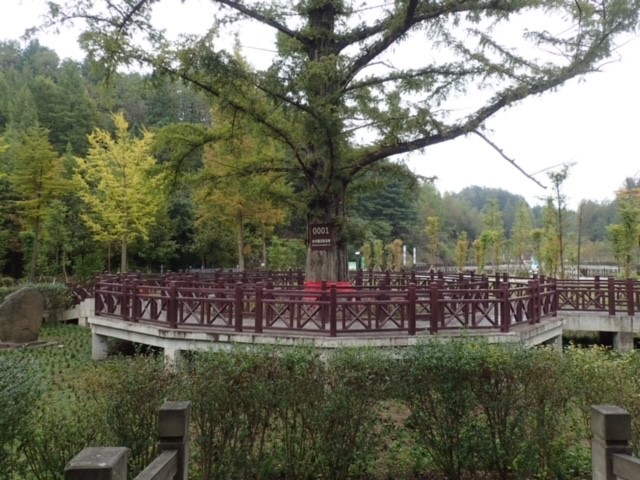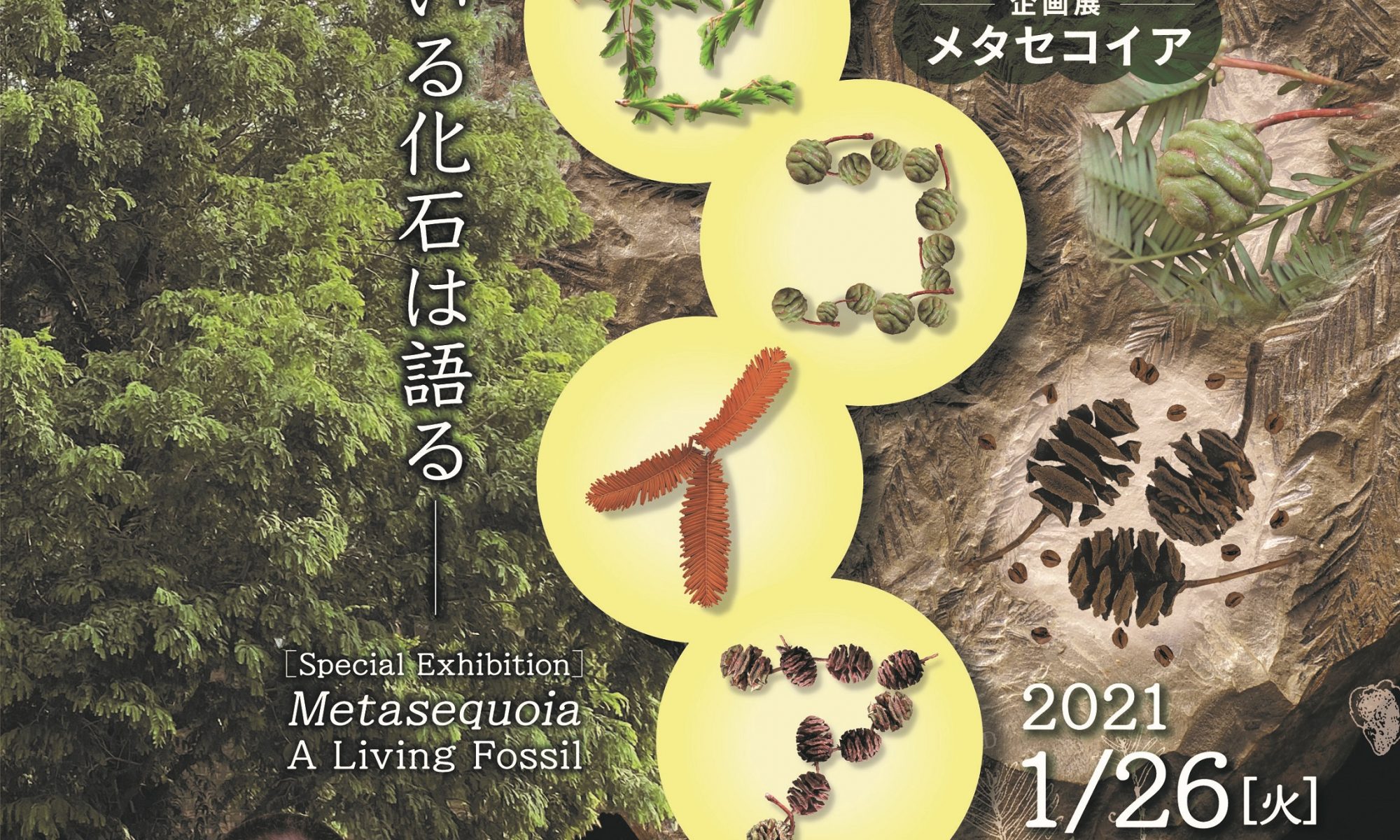National Science Museum

The National Museum of Nature and Science (Director: Yoshihiro Hayashi) will hold a special exhibition “Metasequoia-Living Fossils Talk” from January 26, 2021 (Tuesday) to April 4, 2021 (Sunday). We will hold it.
[Detailed URL: https://www.kahaku.go.jp/event/2021/01metasequoia/ ]
- Outline of the special exhibition “Metasequoia-Living fossils talk”
2021 marks the 80th anniversary of the name of the Cupressaceae coniferous metasequoia, called “living fossil,” by Dr. Shigeru Miki (1901-1974).
In this exhibition, we will introduce the efforts of researchers in the discovery and protection of metasequoia, and explain the relationship between plants and changes in the global environment. In addition, through the introduction of these conservation activities, we will also face issues such as the environmental problems facing us today.


[Venue] National Museum of Nature and Science Japan Pavilion 1st Floor Special Exhibition Room (7-20 Ueno Park, Taito-ku, Tokyo)
[Date] January 26th (Tuesday) -April 4th (Sunday), 2021 (Reiwa 3)
[Opening hours] 9:00 am to 5:00 pm
[Closed] Every Monday (However, the museum is open on Monday, March 29)
* The session is subject to change.
[Admission fee] You can see it only with the admission fee for the permanent exhibition.
(General / university students: 630 yen including tax, free for high school students and younger and 65 years old and over)
[How to enter] We are implementing measures to prevent the spread of new coronavirus infection.
* Advance reservations are required on the museum’s website to enter the museum.
* Before entering the museum, we will check the temperature and physical condition, and if you have a fever, we will refuse to enter the museum.
* For details on how to enter the museum, please see the reservation site on our website.
https://www.kahaku.go.jp/news/2020/reservation/index.html
[Host] National Science Museum
[Cooperation] Axima Ensis (Akishima City Education and Welfare Center), Japan Greenery Center, Osaka City Museum of Natural History, Osaka City University Faculty of Science Botanical Garden, Kanagawa Prefectural Museum of Life and Earth, Miyauchi Office, Shiga Prefectural Lake Biwa Museum, University of Tsukuba Life and Environment, Botanical Garden, Graduate School of Science, University of Tokyo, Fukui Prefectural Dinosaur Museum, Fukushima Prefectural Museum
[Detailed URL] https://www.kahaku.go.jp/event/2021/01metasequoia/
- Exhibit contents
■ What kind of plant is Metasequoia?
Metasequoia is a deciduous tree that can be found in familiar places such as schoolyards and tree-lined roads. We will introduce its characteristics and why it is called a “living fossil”.

■ Discovery of Metasequoia that surprised the world <br /> The fossil Metasequoia named by Dr. Miki and the extant species discovered after that. Introducing the story of two “discoveries”.

■ What was the time when Metasequoia lived? -From fossil producing areas in Japan-
Based on the results of Metasequoia fossil forest research discovered in Tokyo and Kinki, we will introduce the environment and the flora and fauna that lived there millions of years ago.

■ Why did Metasequoia become extinct from Japan?
We will approach the mystery of why Metasequoia, which had spread to the Arctic Circle, remained only in some parts of Asia and disappeared from Japan.

■ Present and future of Metasequoia <br /> After discovering the extant species, Metasequoia has spread to the world again with the efforts of researchers. Introducing your own fabric and conservation activities in Japan.

■ What do you learn from Metasequoia?
The extinct Metasequoia is now facing environmental problems again. What should we learn through “living fossils”?

- National Science Museum
* Currently, advance reservation is required for admission. Please be sure to visit the official website before visiting.
[Opening hours] 9:00 to 17:00
[Closed] Every Monday (Tuesday if Monday is a national holiday)
[Admission fee] General / university students 630 yen including tax, high school students (including college students) and younger and 65 years old and over Free [Location] 7-20 Ueno Park, Taito-ku, Tokyo 110-8718
[Inquiries] 050-5541-8600 (Hello dial)
[Official homepage] https://www.kahaku.go.jp/
Article provided by: Kokoshiru Ueno
See other exhibition information

